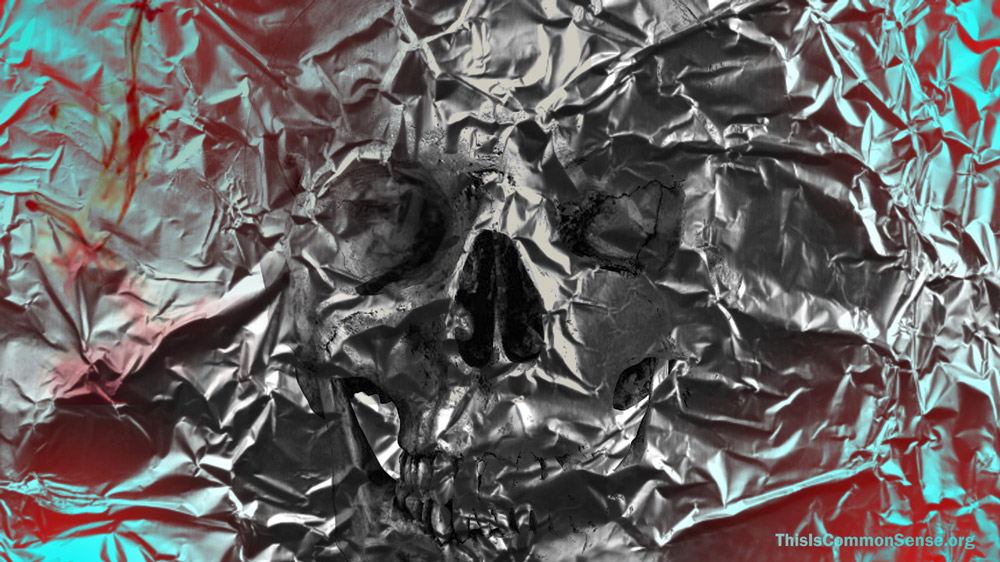“Conspiracy theories circulated online over social media contribute to a shift in public discourse away from facts and analysis,” proclaims a new study by the Rand Corporation think tank, “and can contribute to direct public harm.”
Titled “Detecting Conspiracy Theories on Social Media,” the study, paid for by Google’s Jigsaw unit, proposes to “improve machine-learning technology for detecting conspiracy theory language by using linguistic and rhetorical theory to boost performance.”
All very fascinating, but . . . do conspiracy theories shift public discourse away from “facts and analysis”?
They do challenge accepted facts, and are themselves examples of extended analyses.
Often off track? Sure.
But their problematic nature is not as stated.
The assumption throughout is that conspiracy theories are always in error. But when the report goes on to say that “conspiracists also distrust authority and believe that those who produce the news are lying to them,” there’s no fact check — why do the Rand authors believe we are not being routinely lied to?
This becomes almost funny with the COVID origination debate. The Wuhan Lab Leak Theory is one of four current popular conspiracy notions the report looks at. And when the report was being written, the lab leak theory was marginalized on social media and pooh-poohed amongst most public health experts. Now we know that there was an actual conspiracy to bury evidence for it.
Truth is: conspiracies happen. Most bandied-about theories may be cuckoo, but a few turn out rock solid.
The honest way to deal with suspicions of a conspiratorial nature is pointed inquiry into relevant facts . . . with careful analysis.
The Rand Corporation and Google are more interested in defending the authorities.
Who often lie.
This is Common Sense. I’m Paul Jacob.
—
See all recent commentary
(simplified and organized)

5 replies on “Conspirators versus Conspiracists”
All dissent is sought to be marginalized, and labeling a premise which seeks additional and full investigation as a “conspiracy theory” is one of the tools often employed.
When the party line is based on a preferential spin as opposed to truth and facts alternative explanations are spawned, necessarily and correctly. The failure of the party line with significant frequency encourages general disbelief and gives support to those who premise intentional evil as opposed to run of the mill foolishness, pride and political power which are the much more common motivations.
The correction, tell the truth and provide the facts. Such is not radical, and must be required.
There is no Wuhan Lab Link Theory. There’s a Wuhan Lab Link Hypothersis. There’s a difference:
A theory has to be testable/falsifiable.
Even under the best of circumstances — for example, full cooperation by the Beijing regime — that wouldn’t be very doable.
At the moment, all we really have to go on is Occam’s Razor — when you hear hoofbeats in the US, think horses, not zebras.
About 60% of human infectious diseases are zoonotic and naturally jumped to humans, quite a few of them in the same region where COVID-19 first showed up (based on satellite imagery of the area’s hospitals, probably in about August of 2019, a full three months before two lab employees got sick).
A grand total of one that we know of — anthrax in the early 2000s — has been weaponized in a lab and subsequently released.
Surely you jest! You present facts and you expect conspiracy theorists to believe them?
Can you identify the conspiracy theorists? Or do you think they are just the ones who don’t follow the govt. line?
There is a cartoon going around; The caption;
Does anyone have any new conspiracy theories?
All of mine are coming true.